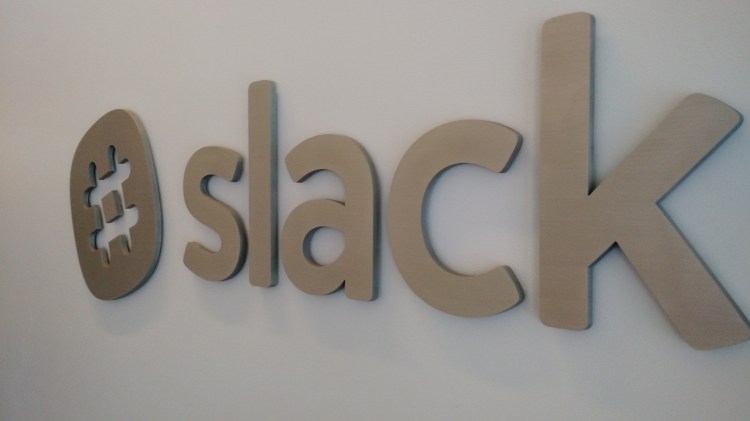Slack is on a mission to make it easier for us to get things done, supported by the launch of new message buttons — interactive elements that enable better interactions with some of the 500 apps in Slack’s marketplace. Among the early launch partners include Trello, Kayak, and Riffsy.
The idea behind message buttons is to streamline the work done on other daily tools. By simply having a Slack button, you can trigger an action within the app with a single click. So you might be able to approve and submit invoices or expense reports, for example; create cards and details in a Trello board without leaving Slack; or search for flights, hotels, and rental cars with a single tap.
https://www.youtube.com/watch?v=eItdlKBsbM0
Although Slack said that the new feature is about providing a more convenient experience for its 3 million daily active users, it’s also an effort to increase the time users spend in the company’s own app. Slack views its product as an operating system for the workplace — the central repository for all communication — and so it needs to retain as much of our attention as possible. We’re already spending an average of at least 2 hours per weekday in the app, according to Slack.
June 5th: The AI Audit in NYC
Join us next week in NYC to engage with top executive leaders, delving into strategies for auditing AI models to ensure fairness, optimal performance, and ethical compliance across diverse organizations. Secure your attendance for this exclusive invite-only event.
The complete list of launch partners for the message button release are Trello, Kayak, Greenhouse, Qualtrics, Talkdesk, PagerDuty, Kip, Kyber, Riffsy, Abacus, Current, and Talkus.
The launch of message buttons adheres to the schedule Slack laid out in its platform roadmap, which means that soon we’ll start to see analytics roll out, along with a developer dashboard and deeper integrations. The new feature comes weeks after Slack rolled out its sign-in buttons that third-party developers can add to let users authenticate with their Slack logins.






